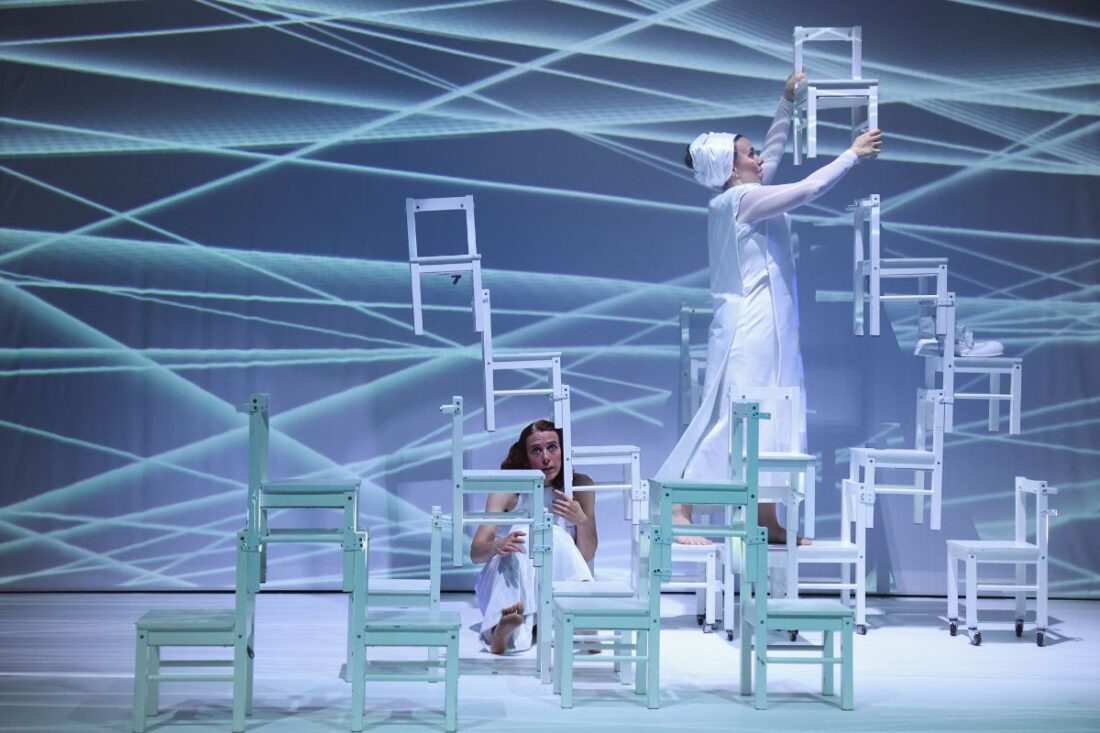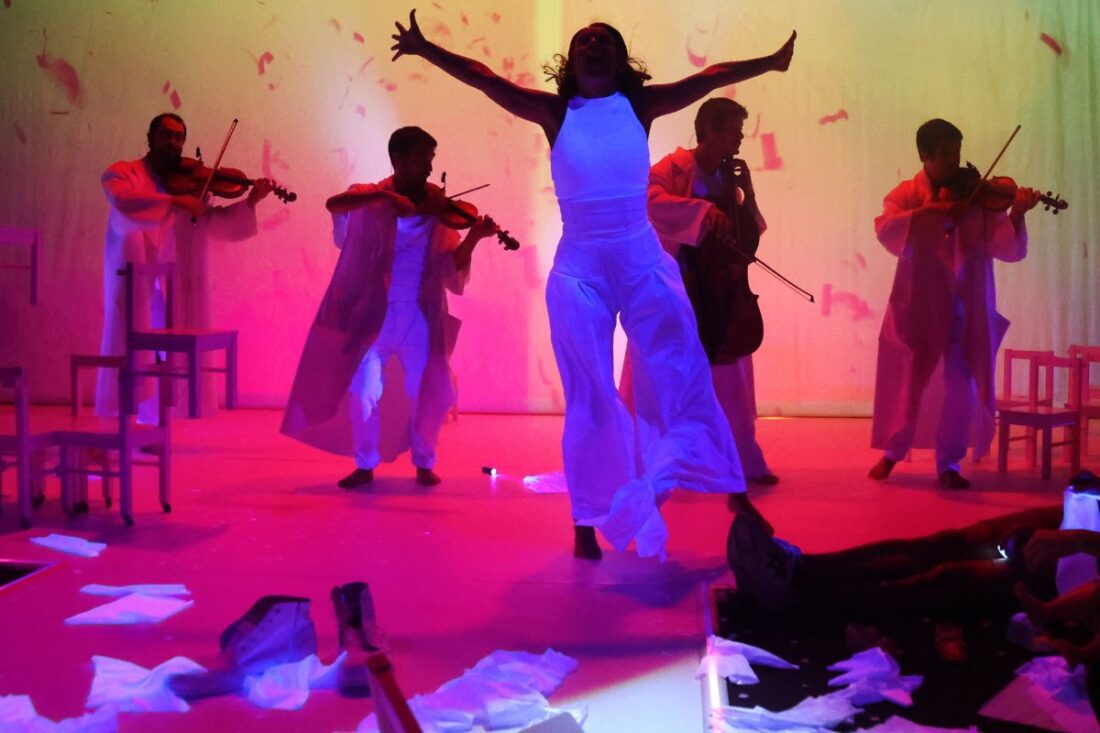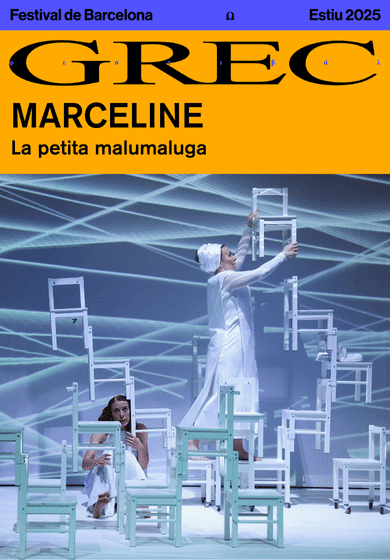
‘Marceline’ returns to stage – Revista Teatre Barcelona
Half a century before the video kill the star of the radio in that song of The Bugglesthe arrival of the cinema had already broken the heart of those who for many was the best clown in the world. Marceline Orbés He was born in Jaca in 1873 and began his artistic career in Barcelona, but soon succeeded in the stage of London and New York, where he became a world phenomenon and a benchmark for Charles Chaplin and Buster Keaton. Although he is considered the father of the modern clown, the emergence of the new film art in the 1920’s made him fall into oblivion.

His figure is the thread with which The little malumaluga Weach the show Marcelinea declaration of love for the performing arts that passes through the lights and shadows of the trade. “It is a reflection on why we do what we do and how it can fade everything you took at a moment,” says Albert Vilàmusician and co -director of the company. The montage treads on two temporary lines through the character he plays Eva VilamitjanaMarceline’s great -granddaughter who dreams of being a dancer and shares a scene with a soprano, a string quartet and a universe of chairs. “It is also a tribute to the dance, who has always been the little sister and we believe that she should have been the older sister of all this,” says Vilà.
Marceline’s tragic end, which was committed suicide in 1927, is not an obstacle to creating an inclusive montage that excites audiences of all ages through various layers of reading. Unlike the theater, more closely linked to reason, the abstraction of music and dance allows you to address emotions such as melancholy Or the clown’s anguish to a company taken to take risks: “The only limit is that we do not work violence, but we must be able to talk about everything with early childhood as long as you do it from honesty and passion.”

If one thing characterizes the small malumaluga is its deliberate commitment to a non -infantile language. With a dozen montages on the suitcase, they have turned to more than thirty countries by questioning the relationship we establish with children, which they consider to be “the most discriminated part of society”, also in culture. Its militancy lies in the desire to empower the child as a first-scale spectator and inspire him as a creator of the future with sophisticated, contemporary and universal proposals who break the fourth wall and place the audience on stage to interact with artists. Into Marcelineparticipation is another element of the function through light games, calls with telephone shoes and a catharsis of fluorescent handkerchiefs that in Vilà makes you think of Another Brick in the Wall of Pink Floyd: “We like this idea of throwing it all up and letting them shout and express themselves.”
More information, pictures and entries at:










